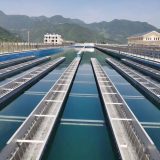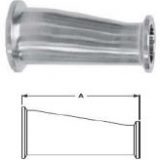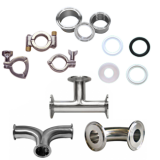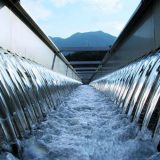As with any process, the first and most important step for the management team should be a risk assessment and a capability review, including that of the hygienic design and operational process of the equipment from the point of view of sanitation. Important questions should be asked: What is the composition of the soil to be cleaned? Should we improve the hygienic design? Will the equipment be manually cleaned, cleaned on site (CIP) or cleaned (COP)? Will the equipment be dry cleaned or wet? Each of these points will guide the team to the appropriate sanitation program to support a gluten-free request.
Sanitation and cleaning are common themes in a gluten-free program. How can an operation guarantee that a line is gluten-free after the production of a product containing gluten? Although the finished product test is an important part of the program, it does not validate the sanitation program or process. In-process controls and checks are necessary to ensure that when the finished product is tested, it is gluten-free.

Clean-up validations must include equipment and potential cross-contamination points. If the equipment/line is dedicated without gluten, there should be a review of other treatment activities. Do adjacent lines compromise the product? Are air handling units or environmental dust collectors properly positioned and designed?
Specific to cleaning, a risk assessment is needed to understand the conditions. Is compressed air used to move soil on adjacent lines? Does maintenance include the implications when working on equipment and the potential for cross-contamination? Does the sanitary fittings manufacturing team fully understand the potential for cross-contamination? If a CIP system is used, is rinsing water tested for allergens from an earlier circuit? Similar concerns exist with COP systems, sanitation tools and other types of cleaning systems. As with the processing equipment, dedicated resources/resources are preferred, and any compromise in this regard needs to be validated.
For more information, please visit http://www.adamantvalves.com



